Information about the medicinal values of the thyme herb, its culinary uses, and cultivation is presented in short in this Story.
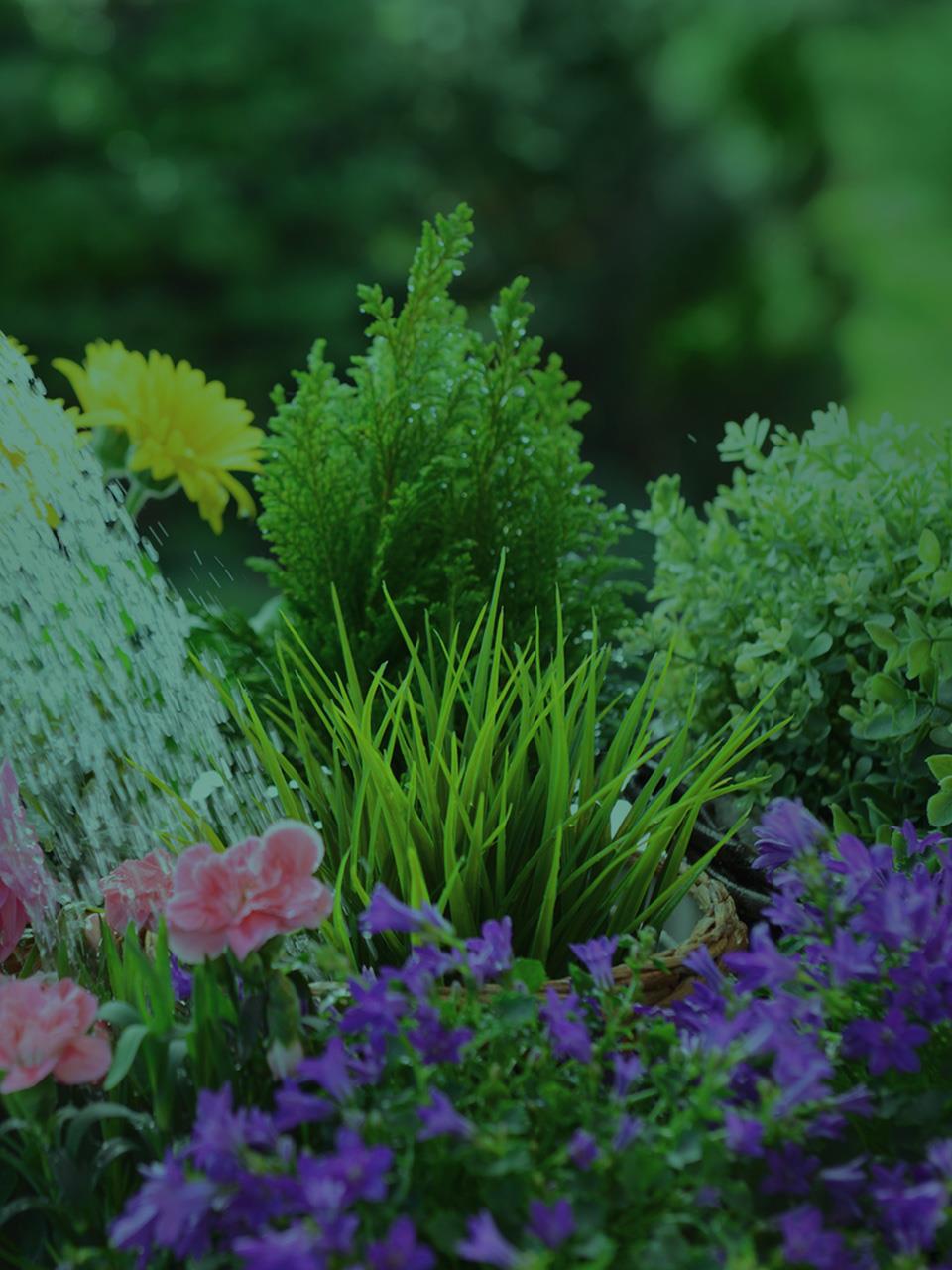
Tap to Read ➤
All You Wished to Know About Thyme Herb
Shashank Nakate


Information about the medicinal values of the thyme herb, its culinary uses, and cultivation is presented in short in this Story.
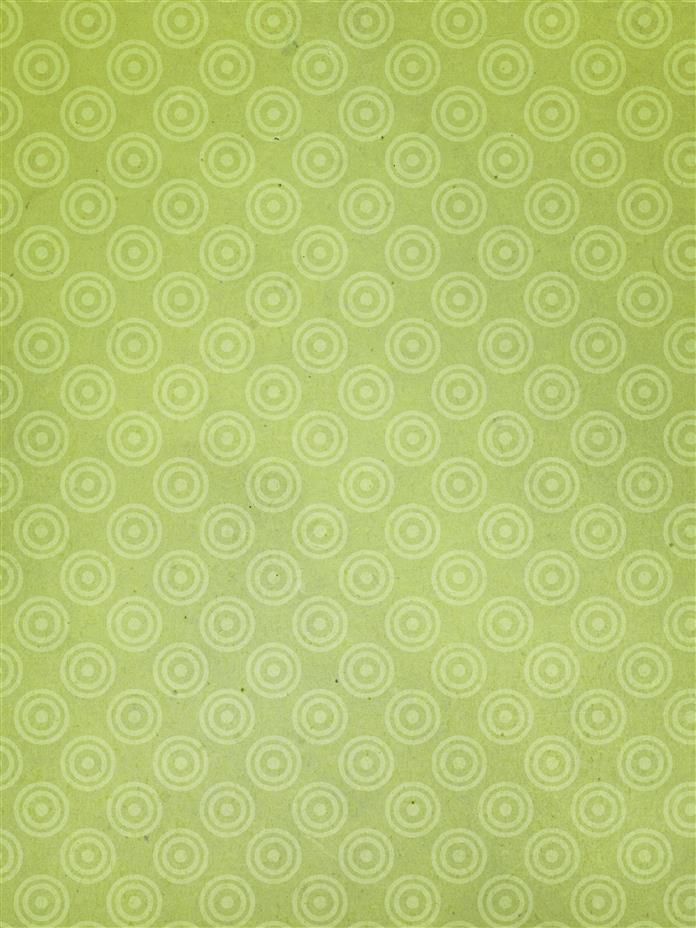
Thyme is a versatile and multipurpose herb, and is actually a genus that includes many different species. Its medicinal properties make it a useful herb, and it is also used in various culinary preparations. In ancient times, this herb was used for embalming by the Egyptians. The Greeks considered thyme a symbol of courage. They also used the herb as an ingredient in the preparation of incense, in baths, etc.

How to Grow Thyme
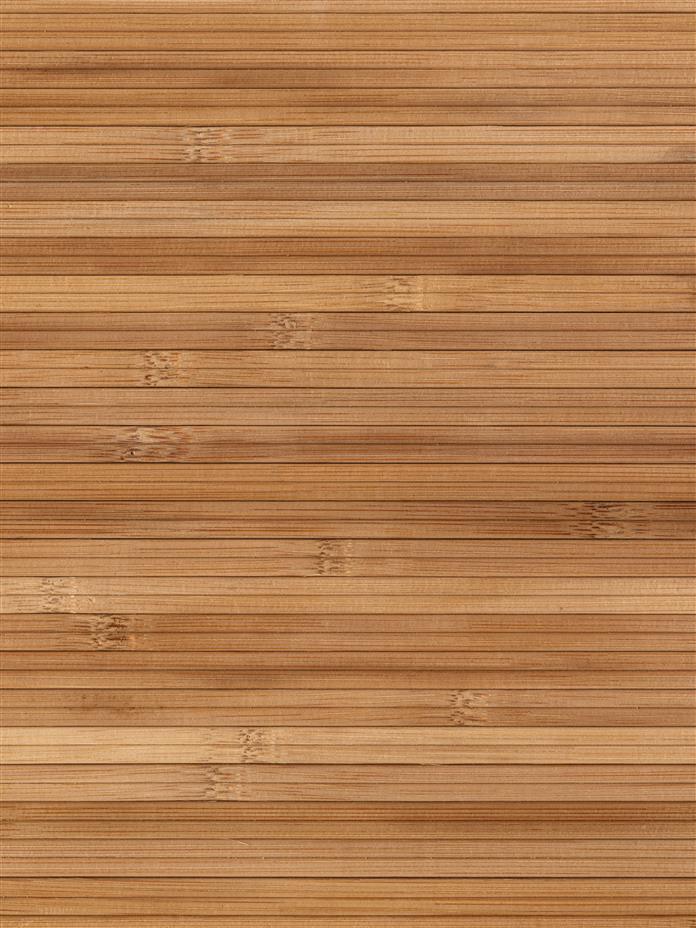
Though native to Southern Europe, thyme is widely grown the world over. It can grow in extreme climatic conditions from the cold regions of Russia to the hot and arid plains of Africa. For healthy growth, it is recommended to grow this herb in well-drained soil and bright sunlight. Soil that is rich in nutrients is not required for its growth. In fact, the plant turns leggy in such soils.
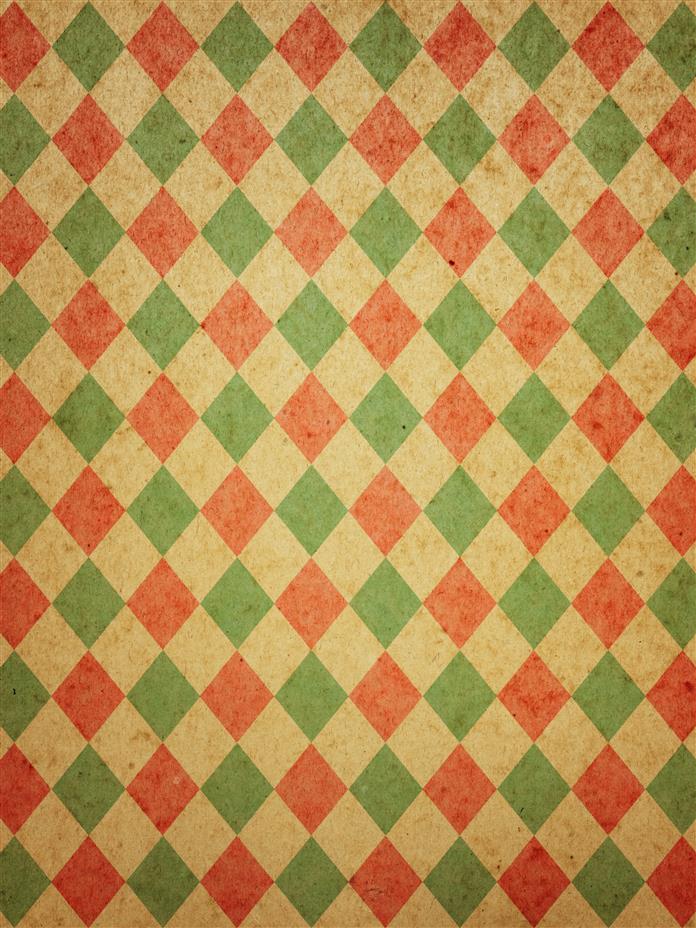
Propagation
The propagation is carried out by means of root division, seeds, or cuttings. Propagation by seeds take a long time (about 1 year) and therefore, root division is the most preferred method. Experts do not recommend cuttings for propagating thyme.

Planting is usually done in the month of April. In order to carry out root division, the plant is dug up and roots are cleared off the soil. Roots are then cut in 4 to 5 pieces and used for plantation. Care should be taken to see that every root cutting has a portion of foliage with it.

Care During Growth
Thyme is a hardy plant and doesn't require much water except in dry conditions. Proper dose of organic fertilizers coupled with a good mulching surface protects it from frost. The application of fertilizers and laying of mulch needs to be done in the month of October.

Harvesting can be carried out throughout the year; however, to obtain leaves with a nice flavor, the period between mid-June and mid-July is perfect.

Culinary Uses
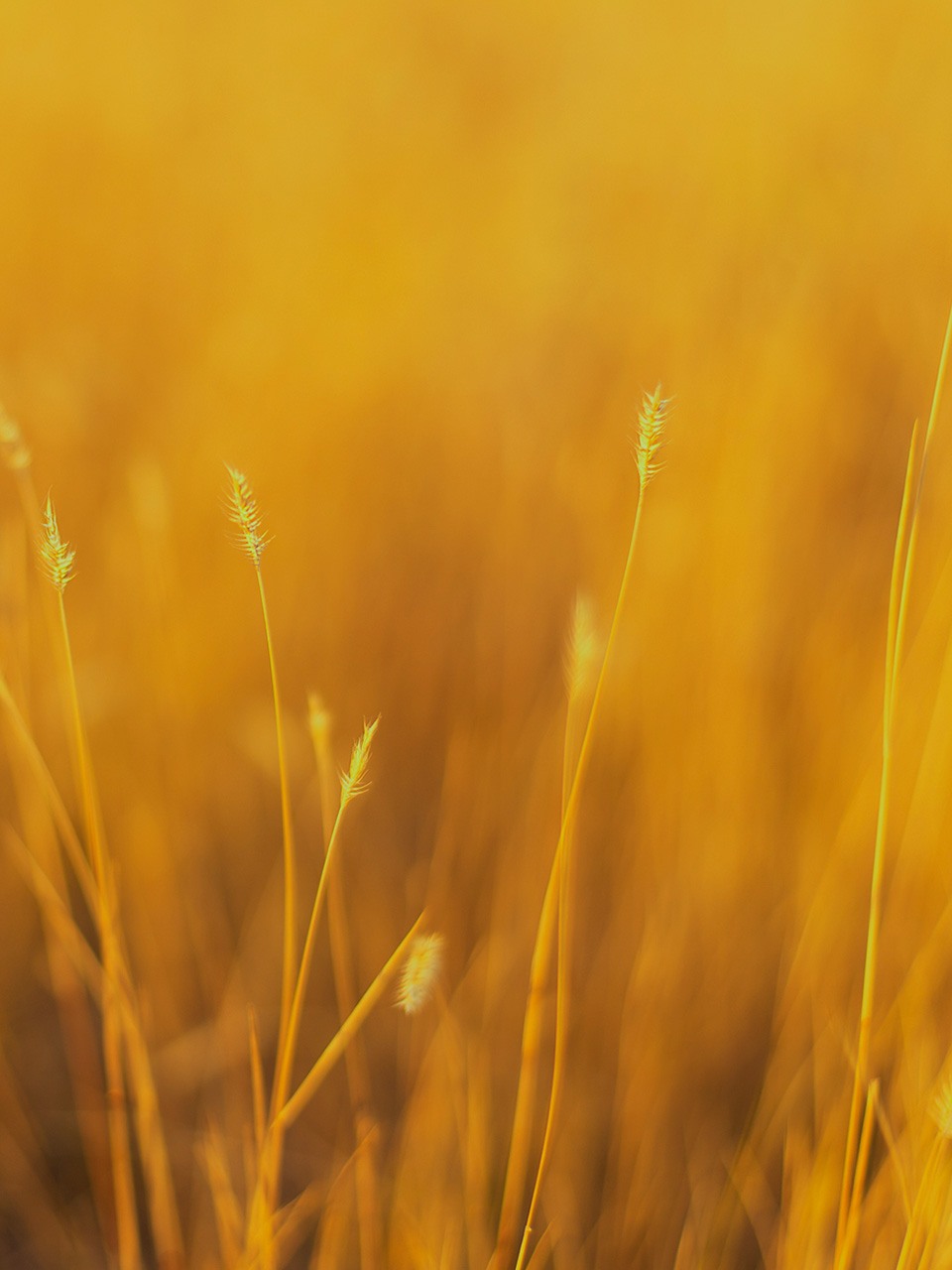
Thyme is also used to add flavor while cooking. It should be picked just when the flowers appear in order to get the sweetest leaves. Leaves need to be crushed in the hands before using them in any of the recipes. Thyme substitutes which could be used to add flavor to recipes are parsley, marjoram, and tarragon.

Apple Thyme Jelly Recipe
This recipe is easy to prepare, taking hardly 20 minutes from start to end. Ingredients required for preparing this jelly are fresh thyme leaves (2 tsp.), 2 cups apple cider, 3½ cups sugar and liquid fruit pectin (3 oz.).
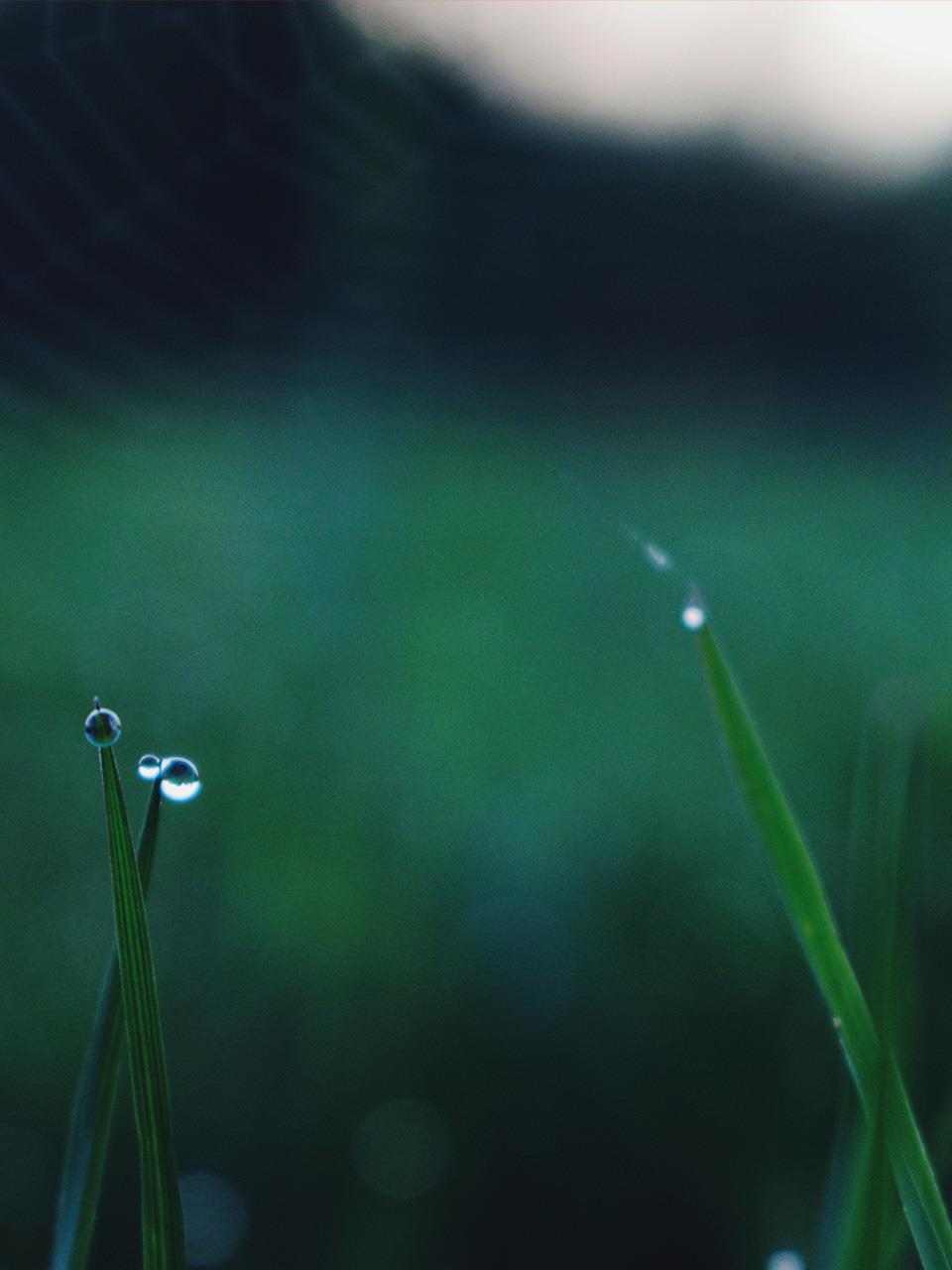
A 4-quart microwave bowl should be used to mix and stir the apple cider, thyme leaves, and sugar. The mixture need to be cooked for 10 minutes without covering the pan. It should then be placed in the microwave for 5 minutes of boiling.

Fruit pectin should be added to the boiled mixture, which should again be placed in the microwave for 1 to 2 minutes. The foam should be skimmed off the surface before packing the jelly in sterilized jars.

Medicinal Uses
The different culinary and medicinal uses make this herb a beneficial plant. Various health benefits of this herb are mentioned below.
- Oil called thymol, obtained from this herb, acts as a disinfectant and antiseptic.

- A spoon of honey mixed with finely chopped thyme (1 tsp.) is used as a remedy for curing respiratory problems like asthma and bronchitis. It does the job of soothing air passages and lungs.
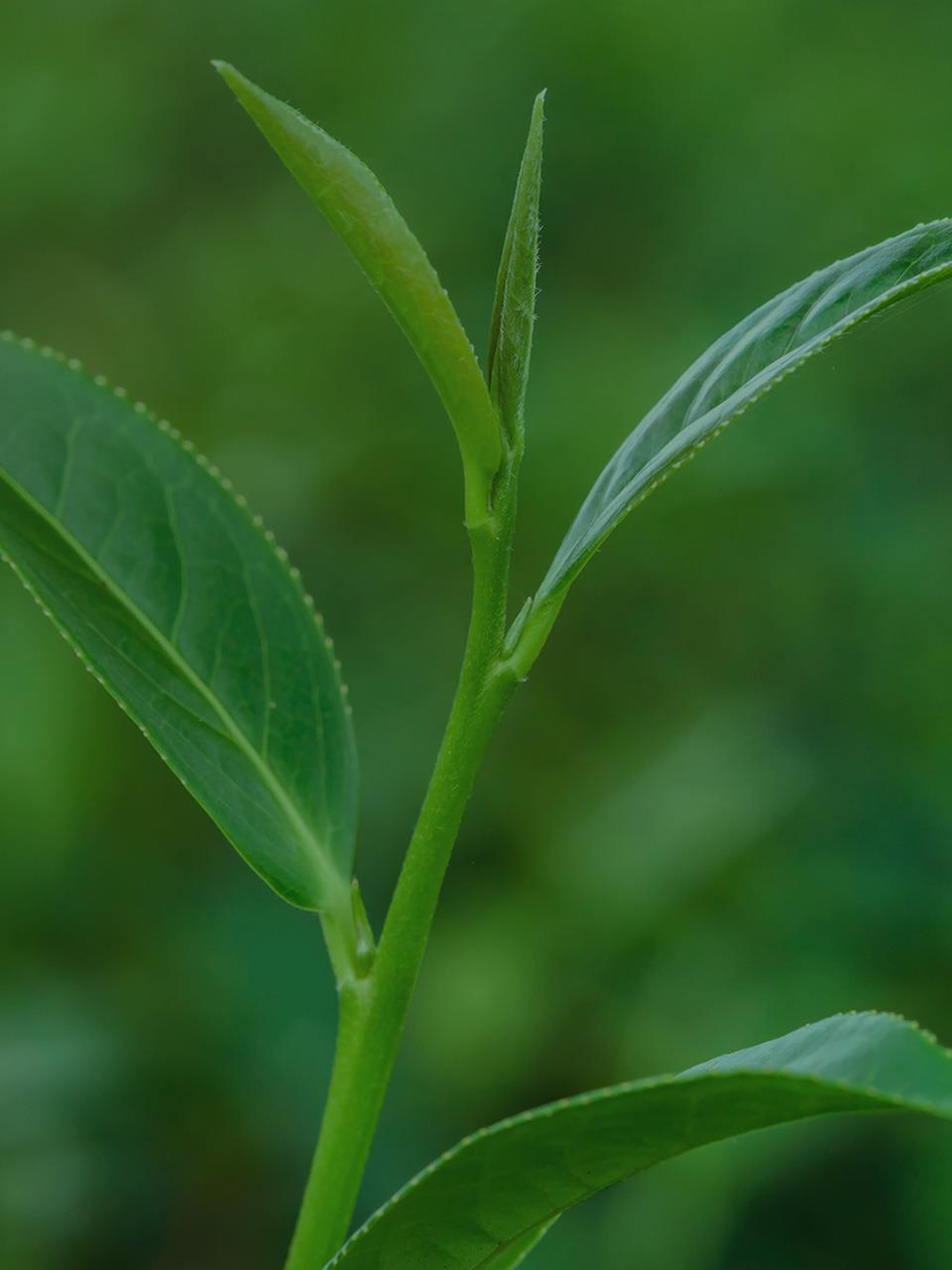
- Herbal tea made with honey, lemon, thyme, and water is good for health as it helps in keeping the body free of parasites.
- Herbal tea which is brewed with thyme helps in easing menstrual cramps, helps clean the mucus from intestinal tract, and aids in digestion.

The thyme herb is one of the best medicinal herbs available to mankind. The culinary uses of this plant make it even more beneficial. One should thus, learn how to grow this herb in the garden, and make use of its various benefits.